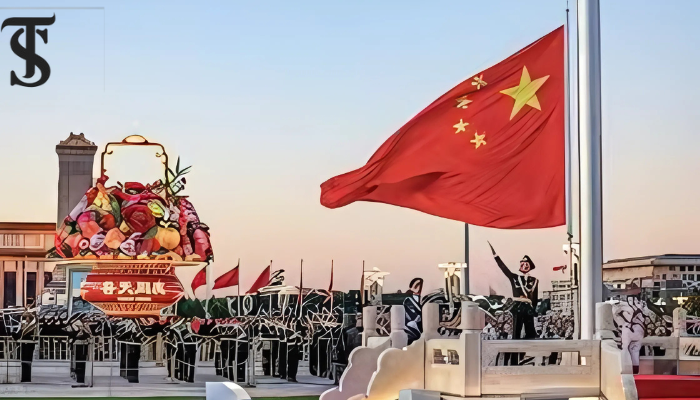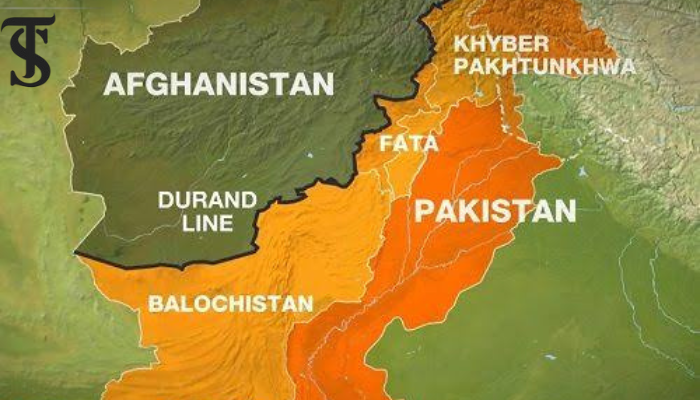The 21st Century Power Struggle: USA, China, and the New World Order

- Power Transition from West to East – The global power balance is shifting from the USA to China, driven by economic and technological advancements.
- Soft Power vs. Military Might – In the 21st century, influence is increasingly determined by economic strength, diplomacy, and strategic alliances rather than just military dominance.
- China’s Strategic Expansion – Through initiatives like the Belt and Road Initiative (BRI) and investments in AI, 5G, and renewable energy, China is solidifying its global influence.
In the global power dynamics, success is not measured by victories and defeats but by the skillful navigation of influence. From one nation to another and from governments to independent players, tracing the journey of power as it evolves, rises, and sometimes declines over decades.
In the pages of history from 1958, the USSR rushed ahead in the Cold War’s ‘Space Race’ with the launch of Sputnik, a tiny satellite that orbited Earth and signaled a decline in the dominance of the USA. In 1973, the USA faced a big problem when there was less oil available because some countries stopped selling it to them. Also, around that time, they could not exchange their money for gold anymore. This made things difficult because the cost of oil went up a lot, causing prices for everything to increase.
This, in turn, led to a period where the economy was not doing well and many people were struggling. In the 1980s, America was marked by a shift in leadership with President Reagan. During this period, things like how much money you had to pay to borrow, the number of people without jobs, and how fast prices were rising all went down quickly. Despite facing many difficulties, the USA stayed determined and eventually regained its dominance on the global stage. What we can learn from this tale is that the essence of power lies in its fluctuations, experiencing both ascent and descent.
Picture power as a chess game, but with a twist. Imagine three boards stacked up: the top one for military strength between countries, the middle one for how much money they have, and the bottom one for how they work together. The conversation above highlighted a transition belt that moves between states and from states to non-state actors. In the 21st century, this power transition belt has shifted from Europe to Asia. China getting stronger economically and putting emphasis on being clever with their power is a big challenge for the USA. The reason China is becoming so important globally is because they have a ton of technology, and their industries are growing a lot because of the industrial revolution.
China might not be super strong in the military like the USA, but they are getting good at making money and having good relationships with other countries. In today’s geopolitics, the influence gained through soft power holds greater significance than relying solely on military might, emphasizing the emergence of smart power—a blend of both soft and hard power.
In the later years of the 21st century, things are changing, and China is becoming more powerful while the influence of the USA is starting to decline. China’s technological and industrial revolution has positioned it as a key global player in both supplying goods and serving as a significant market. The escalating influence of China poses a significant challenge to the USA, yet both nations employ a diplomatic “charm offensive” to maintain global peace. In world affairs, many Americans prefer peaceful and cooperative approaches. They aim for understanding and good relationships between nations. To cool things down with China, they are focusing on working together economically and avoiding unnecessary conflicts.
Power, as I mentioned earlier, has multiple dimensions. While China has been advancing industrially and technologically, they have also placed significant emphasis on broadening their international relations. China’s Belt and Road Initiative (BRI) stands as a powerful economic project, connecting markets from the East to the West. It not only sparks substantial economic growth but also intertwines diverse cultural and religious traditions along its path. China has been actively investing in various technological domains, including artificial intelligence, 5G, quantum computing, and renewable energies as well.
The way countries deal with each other on the world stage is like a complex dance, with changes in history and present-day challenges. It shows nations need to be good at influencing others in our diverse world. As China becomes more powerful in the 21st century, the USA is responding by working together economically and using soft power, which means being smart in diplomacy. This changing situation highlights the importance of using a mix of military, economic, and diplomatic strengths—like playing a tricky chess game. Success now depends on finding the right balance between strength and cooperation to shape how countries influence the world.

Kainat Rasheed
The author is an International Relations student at Bahria University Islamabad and is dedicated to peacebuilding, social inclusion, and intercultural dialogue. Her focus areas include women’s rights, cyber warfare, sectarian conflicts, and maritime security.





